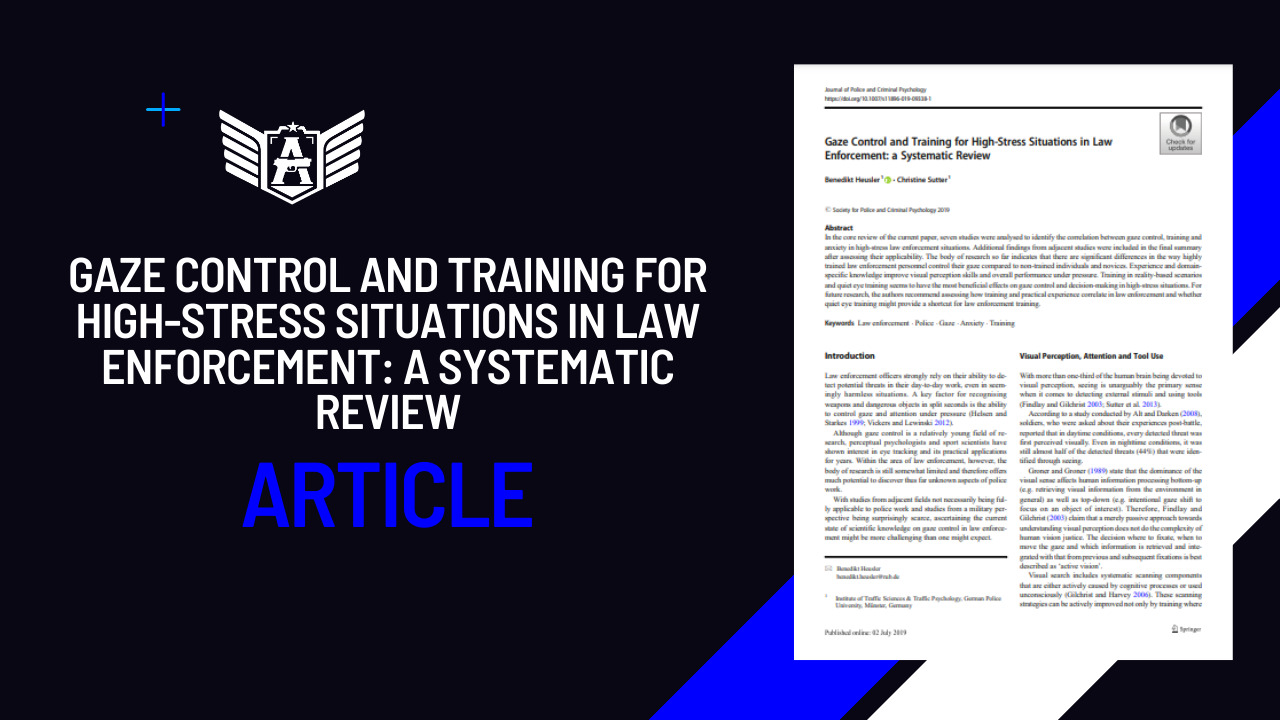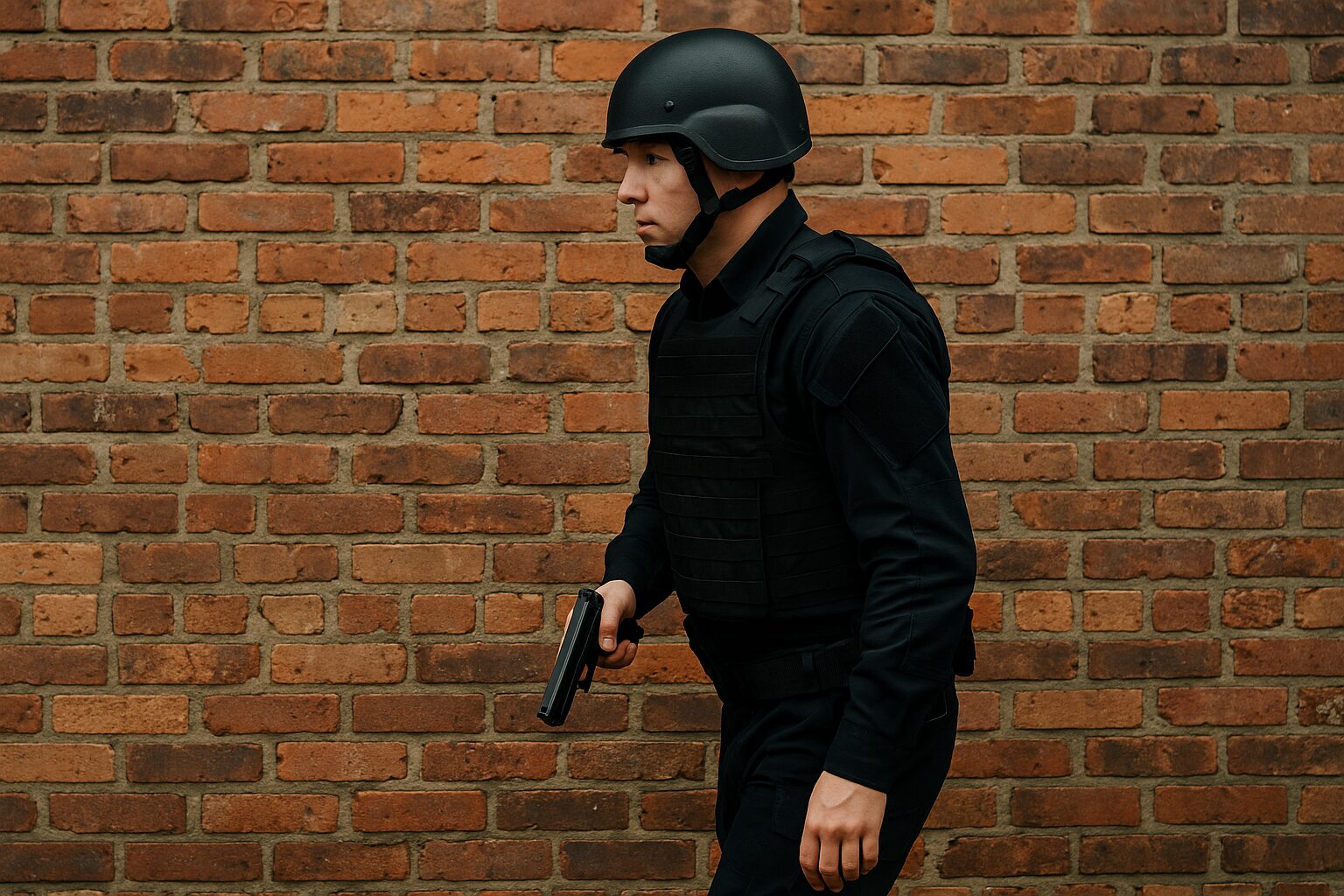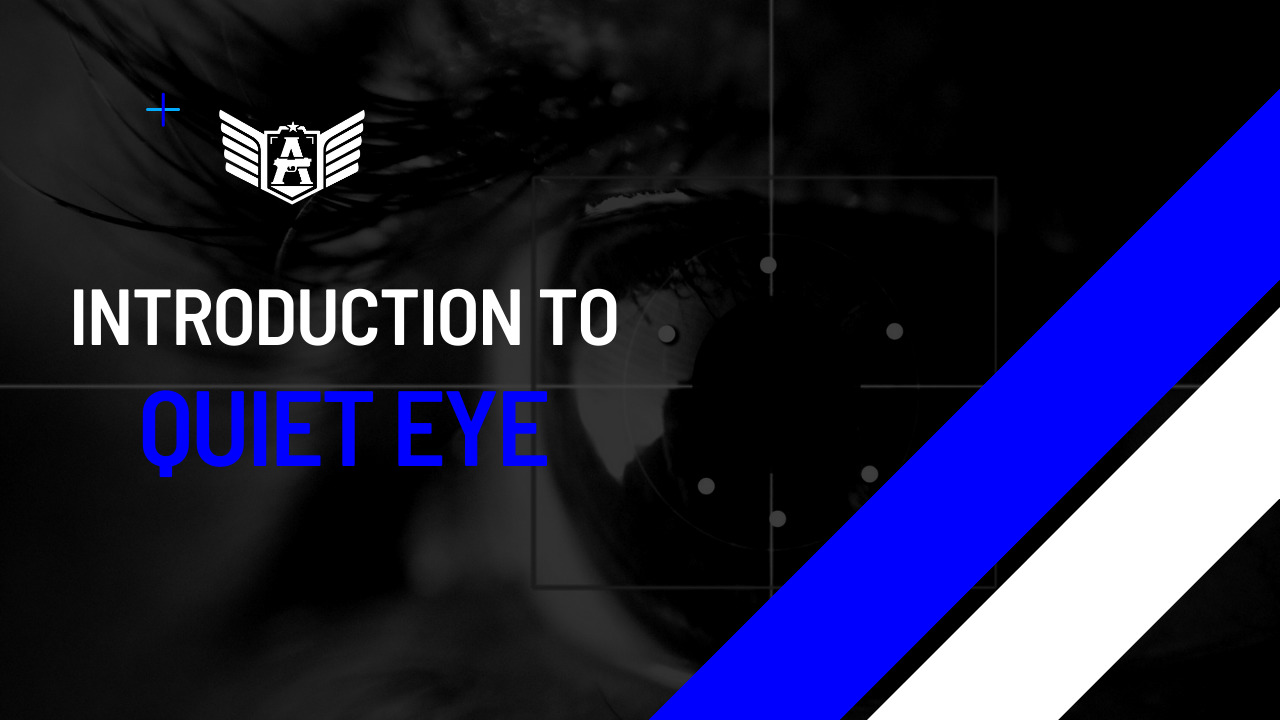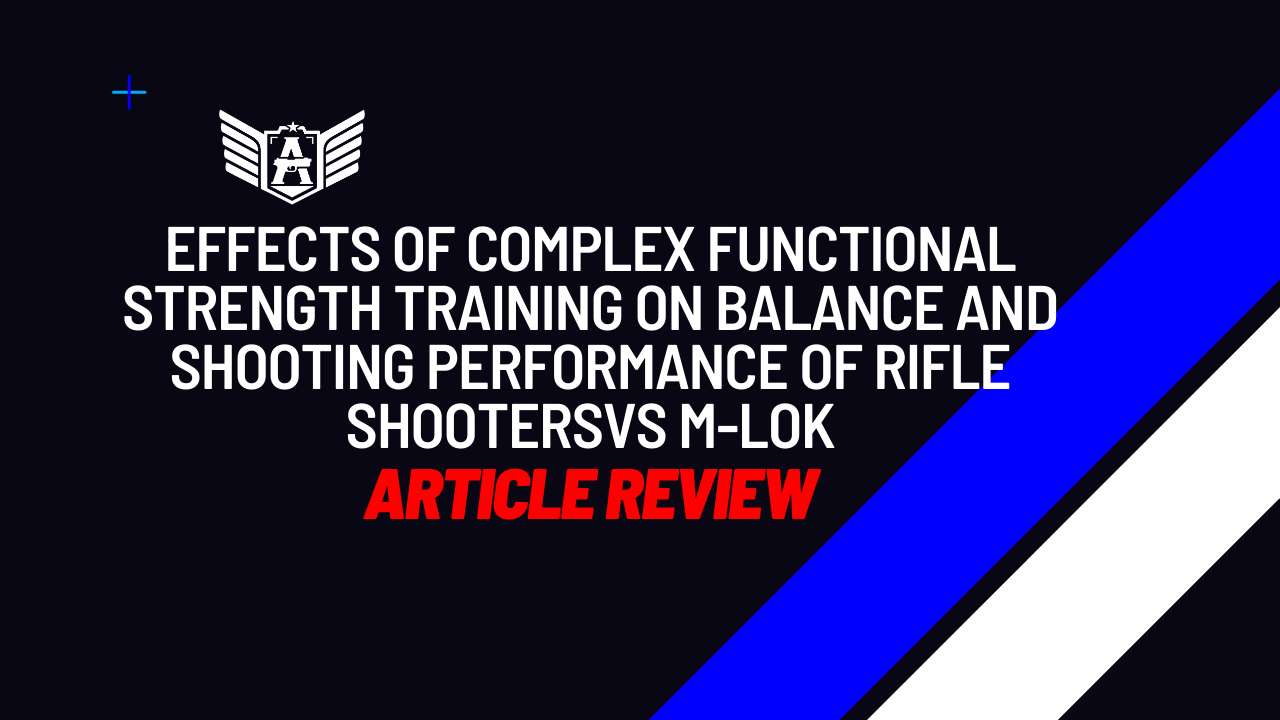Heusler and Sutter published the article “Gaze Control and Training for High-Stress Situations in Law Enforcement” in the Journal of Police and Criminal Psychology in 2019.
In law enforcement, the ability to swiftly detect potential threats, even in seemingly innocuous situations, is of paramount importance. Gaze and attention control under pressure play a critical role in the rapid recognition of weapons and hazardous objects, as highlighted by Helsen and Starkes in 1999 and Vickers and Lewinski in 2012. While the field of gaze control research is relatively young, it has garnered interest from perceptual psychologists and sports scientists for years. However, within the realm of law enforcement, the existing body of research remains somewhat limited, presenting an untapped potential for uncovering previously unknown facets of police work. This limitation is further compounded by the challenge of applying findings from adjacent fields to law enforcement, and the surprising scarcity of studies from a military perspective. As a result, ascertaining the current state of scientific knowledge on gaze control in law enforcement proves to be a more complex task than one might initially anticipate.
Human visual perception plays a pivotal role in detecting external stimuli and utilizing tools, with over one-third of the human brain dedicated to this function (Findlay and Gilchrist 2003; Sutter et al. 2013). Studies, such as one conducted by Alt and Darken (2008), have shown that soldiers overwhelmingly rely on visual perception to detect threats, even in low-light conditions. This dominance of the visual sense influences both the bottom-up and top-down aspects of human information processing (Groner and Groner 1989), emphasizing the need to adopt an “active vision” approach (Findlay and Gilchrist 2003). Active vision involves conscious scanning strategies that can be improved through training and the effective extraction of visual stimuli when fixating (Dewhurst and Crundall 2008). Visual priming, initial scene representations, and task-specific goals can also influence scanning strategies (Castelhano and Henderson 2007; Castelhano et al. 2009; Körber 2016). However, it’s important to note that gaze does not always equate to visual perception, as individuals may covertly shift their attention. Saliency, describing stimuli that catch the viewer’s eye through exceptional features, can influence attention and gaze but is often overshadowed by conscious strategies and cognitive processes (Henderson et al. 2007). In the context of law enforcement, visual perception is crucial, especially when officers are faced with high-stress situations involving firearms. The officer’s ability to accurately perceive and respond to visual stimuli can be hampered by even slight movements, underscoring the need for proper training and understanding of these effects to prevent incorrect interpretations in high-stress scenarios (Sutter et al. 2013; Gibson 2015; Sack and Sutter 2017).
The aim of this review was to provide a comprehensive overview of the existing literature on gaze control in high-stress law enforcement scenarios, with a specific focus on the influence of anxiety, practical routines, and training on the gaze and performance of police officers. This review seeks to answer several key questions. First, it investigates how the gaze patterns of experienced officers differ from those of inexperienced officers or individuals without law enforcement background. Second, if observable differences exist, the review aims to identify recognizable patterns that prove beneficial in high-stress law enforcement situations. Lastly, the review explores the successful integration of gaze control and perceptual training into law enforcement training programs and the potential effects and improvements that can be achieved through such training. By addressing these questions, this review contributes to a better understanding of the crucial role gaze control plays in enhancing the performance and decision-making of law enforcement officers during high-stress situations.
To thoroughly analyze the most pertinent literature, studies investigating eye movements in conjunction with physical or psychological stress were sought, with a primary focus on relevance to law enforcement, military, or similar high-stress contexts, while not automatically excluding valuable findings from other fields. Following the PRISMA guidelines and adhering to the recommended sequence of actions, studies were initially identified, screened for eligibility, and included based on specific criteria. The search encompassed multiple scientific databases and terms related to ‘gaze,’ ‘visual perception,’ ‘police,’ ‘law enforcement,’ ‘anxiety,’ and ‘training.’ To qualify for this review, all studies had to be published in English or German within reputable journals or books. After removing duplicates, 36 studies remained for screening. Subsequently, 11 unsuitable studies were excluded after the initial screening, and the remaining 25 underwent full-text assessment to confirm their eligibility. These studies had to incorporate various factors, with a particular emphasis on gaze control, training, and anxiety, ideally within a law enforcement environment or a related field that necessitates similar motor skills and decisiveness. Each of the 25 studies underwent comprehensive examination and assessment regarding their suitability for the core review. Some studies from unrelated fields, such as biathlon and basketball, were considered but ultimately excluded due to specific mismatches with the review’s requirements. The final selection of seven studies, meeting the criteria and maintaining the necessary impartiality and empirical quality, proceeded to the core review process.
This review encompassed a meticulous selection process of relevant studies, targeting the investigation of eye movements in high-pressure environments, primarily focusing on law enforcement scenarios. Adhering to PRISMA guidelines, the review rigorously scoured multiple scientific databases using tailored keywords to identify pertinent studies. The process resulted in an initial pool of 36 potential studies, after eliminating duplicates. Subsequently, 25 studies underwent further screening, with a specific focus on gaze control, training methodologies, and the impact of anxiety in law enforcement or analogous settings. After this scrutiny, seven studies emerged as the core selection for detailed examination.
Among these selected studies, Vickers and Lewinski (2012) conducted an illuminating experiment comparing the eye movements and shooting performance of elite and rookie police officers in real-life training scenarios. Their findings revealed that elite officers demonstrated superior shooting accuracy and decision-making, attributed to the quiet eye effect, while rookies exhibited suboptimal gaze behavior, often fixating on their own weapon rather than the threat. The research by Neuberger (2013) evaluated the effects of specific training, noting improvements in trainee performance in post-tests. Moreover, Helsen and Starkes (1999) explored the benefits of slide and video simulation training for the Belgian Gendarmery, concluding that video simulations offered the most significant advantages. These selected studies collectively contribute valuable insights into the realm of gaze control, training methods, and the influence of anxiety on the performance and decision-making of law enforcement personnel amidst high-stress situations.
Heusler, B., & Sutter, C. (2019). Gaze Control and Training for High-Stress Situations in Law Enforcement: a Systematic Review. Journal of Police and Criminal Psychology. doi:10.1007/s11896-019-09338-1





Comment on “Gaze Control and Training for High-Stress Situations in Law Enforcement: a Systematic Review”